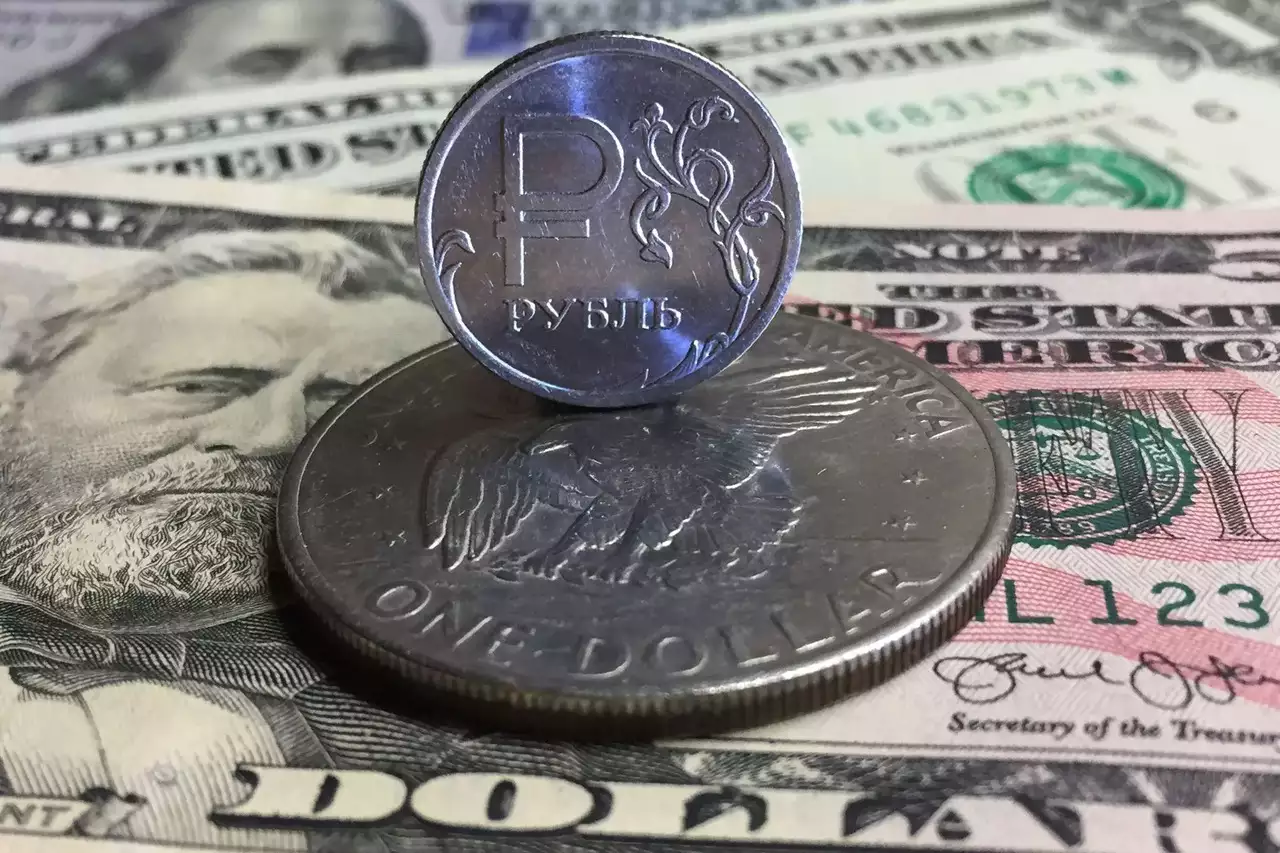In early trade on Monday, the Russian ruble slipped to a close seven-week low against the dollar, having now lost the support of an optimistic month-end tax term and staying under pressure from Russia’s shrinking current account surplus.
The Russian ruble dropped past 100 to the dollar in mid-August, causing the central bank into an emergency 350-basis-point rate hike and leading authorities to concern the prospect of reintroducing controls to buttress the currency.
At 0611 GMT, the Russian currency was 0.5 percent vulnerable against the dollar at 98.41, earlier striking 98.7125, its weakest point since August 15.
It had lost 0.6 percent to trade at 103.99 against the euro and shed 0.1 percent versus the yuan to 13.51.
Evgeny Suvorov, CentroCreditBank economist, “Along with government debt, pressure has increased on the ruble, which this week is likely to again storm the 100 marks to the dollar, and if it sticks around that, then another wave of accelerating price growth could follow.”
“The central bank needs to move the rate to 15 percent, but there are still four weeks before the board of directors (meeting). And panic in the market can start at any moment…”
Obstinate inflationary pressure will force Russia’s central bank into at least one more rate hike this year, a Reuters poll showed the previous week, while ongoing ruble weakness is among the elements restricting Russia’s long-term development prospects.
Reviewers expect the central bank to hike rates to 14 percent at its October 27 meeting and for double-digit rates to stay until 2025.
Russia’s ruble has charted a rugged course since Russia attacked Ukraine, slipping to a record low of 120 versus the dollar last year in March before recovering to a more than seven-year high a few months later, backed by capital controls and surging export revenues.
The Russian currency has now lost the support of month-end tax payments that usually witness exporters convert foreign currency revenues to pay local liabilities.




